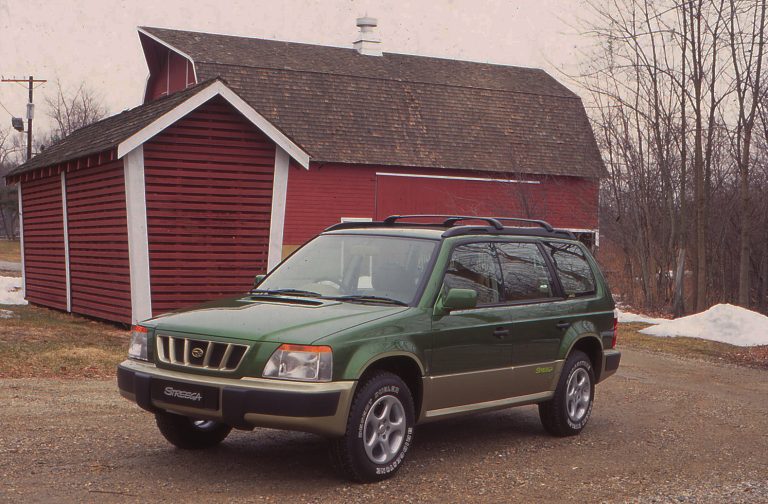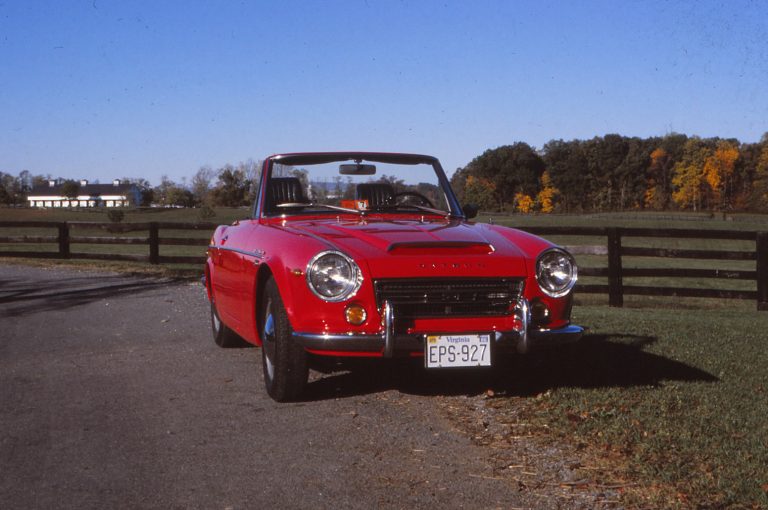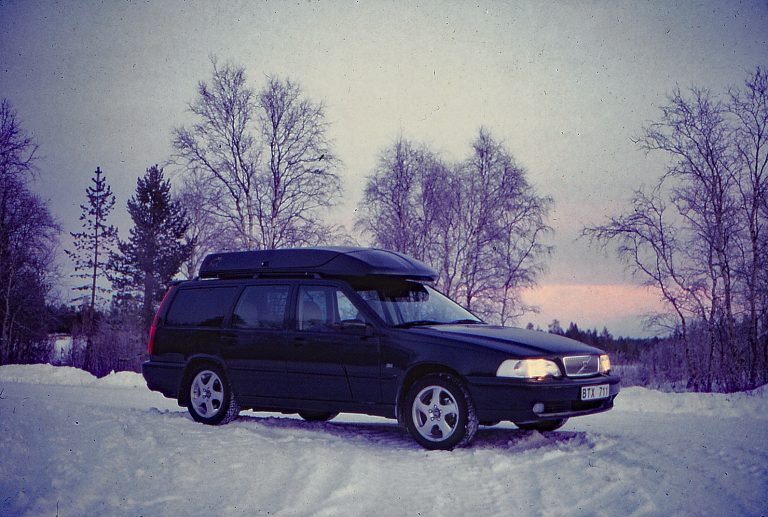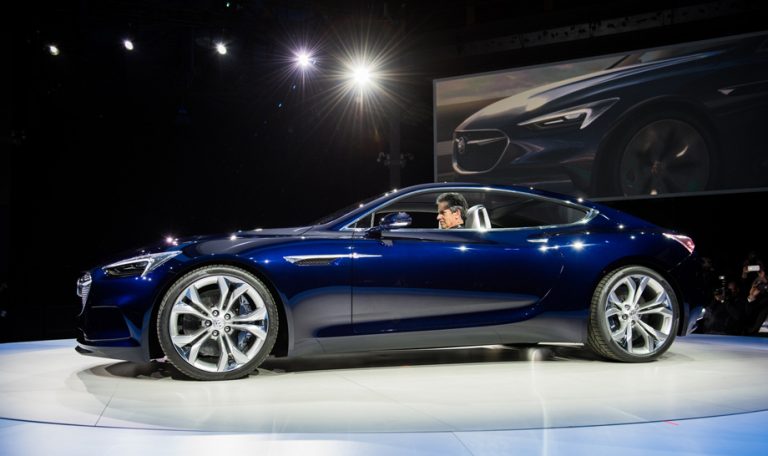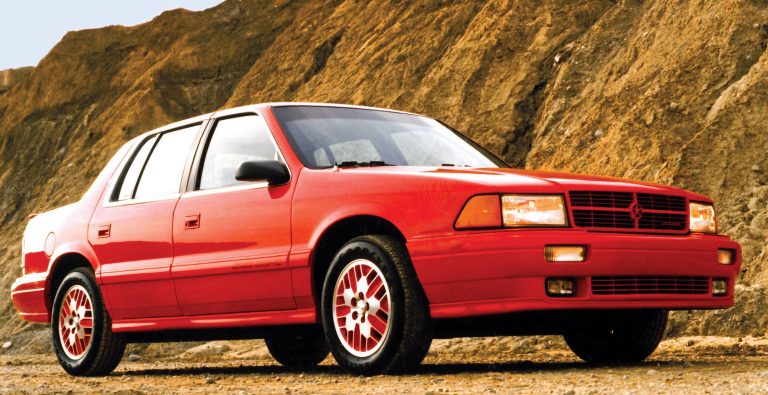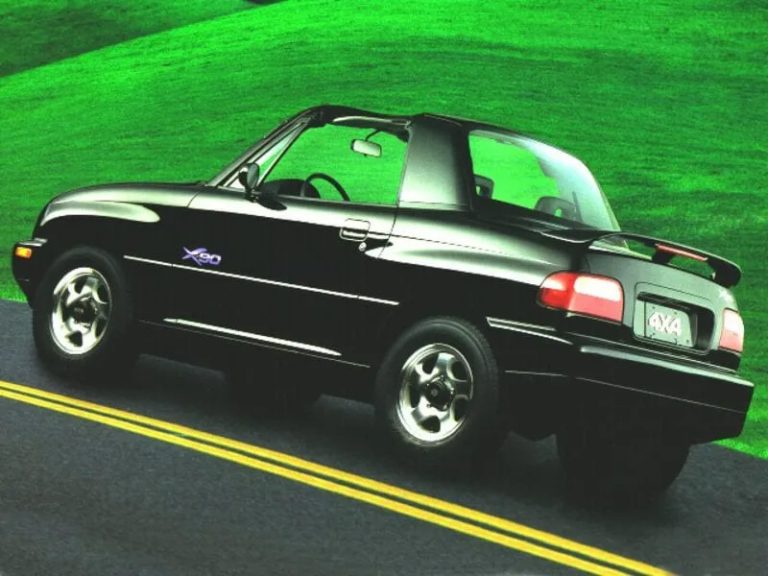History/driving impressions originally published in Sport Compact Car February 2002
Do the math. MX-5 plus RX-7 divided by two equals MX-3. Well, the Mazda MX-3 sporty coupe isn’t an exact cross between the Miata sports car in the third generation RX-7, but the genetic link is obvious. This little screamer, what Car and Driver called a bonsai GT after the dwarf Japanese trees cultivated in miniature pots, has the sporting hallmarks that instilled the driving excitement in the less powerful but topless Miata and the legendary twin-turbo rotary RX-7.
Indeed, the MX-3 was small like the MX-5 Miata, but it was a coupe like the RX-7. The MX-3 GS was smooth, relatively torqueless and had to be revved to do anything. It was almost like it had a small rotary engine. But it didn’t. It had the world’s smallest V-6 engine.
Imagine, six little juice cans with a total volume of 1845cc. Pistons spin happily beyond 7000 rpm, with power peaking at 130 hp at 6500 rpm. Mazda did what it could to fatten the torque curve with a Variable Residence Induction System (VRIS), with two separate plenums and a pair of butterfly valves in the resonance tube matrix. Timed openings and closing produce six different tube lengths to boost the torque curve, which peaks at 4500 RPM at a still paltry 115 lb-ft.
Just as amazing is this all-aluminum 60-degree V-6, with its 24-valve heads, fits under a hood that slithers down to the front bumper with only a slit of a radiator opening. The MX-3’s profile reflects a shrunken RX-7, even to the arched roofline and the outline of the backlight – though stopping short of the “double-bubble.” Note the spoilerette: If the MX-3 has one, it’s the GS, with the V-6. Absent the spoiler, it’s the standard MX-3, with the 88-hp, 1.6-liter in-line four.
Amazingly, Mazda was able to find room for four people inside the MX-3. Even six-footers will fit in back, but not for long, please. Two-plus-two is the operative phrase. Behind the wheel, the MX-3 felt racy with a low driving position and narrow side glass that was anything but sedan -like.
Underneath, the MX-3 borrowed from the 323/Protegé, but didn’t steal. The lower A-arms on the McPherson strut front suspension were longer for a 1.2 inch wider track, and the multiLink rear suspension was widened an equal amount. Mazda also went with softer springs and stiffer shocks up front and the opposite at the rear. The Twin Trapezoid Link rear suspension dials in toe-in during cornering, Road & Track noting that the “MX-3 is one of those rare FWD cars where the rear wheels do more than simply hold up the stern…the rear end is responsive to the throttle.” The MX-3’s four-wheel disc brakes were also the class of his peers, and it’s Yokohama A0222A 205/50R-15 rubber able to generate .85 g on the skidpad.
The critics raved. The MX-3 GS was a winner. But it was a bull’s-eye and a non-existent target. The mini-GT market Japanese makers created out of thin air evaporated, and as suddenly as they’d come, they left. The Nissan NX2000, the Geo Storm, the Isuzu Impulse… and the Mazda MX-3. Car and Driver wrote prophetically in late 1995 that the MX-3 “may not live to see 1997.” Well, do the math. Subtract the RX-7. Subtract the MX-3.
The V-6 engine was discontinued as a more powerful I-4 was stealing its thunder, and the Miata was stealing its sales potential. Mazda didn’t provide a lot marketing support for the poor MX-3, but there was at least one very ‘90s TV spot produced. Although Mazda dropped the MX-3 altogether in the United States after the 1996 model year, it remained in production through 1998 for other world markets, after which the model was axed.
The V-6 would have made a fun addition to the Mazda lineup but would it have justified the costs of putting a completely different engine in the roadster for the increase in sales, if any?







